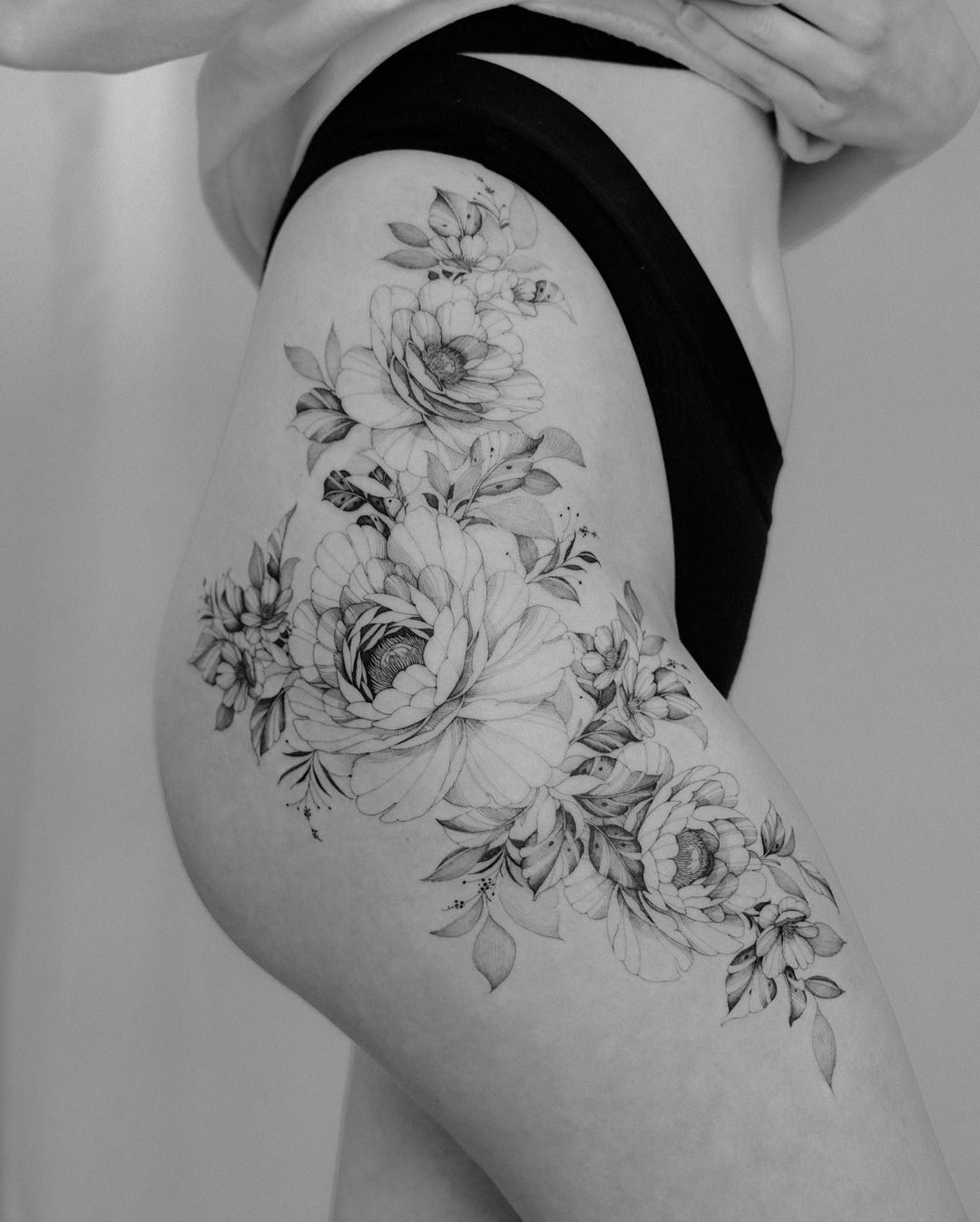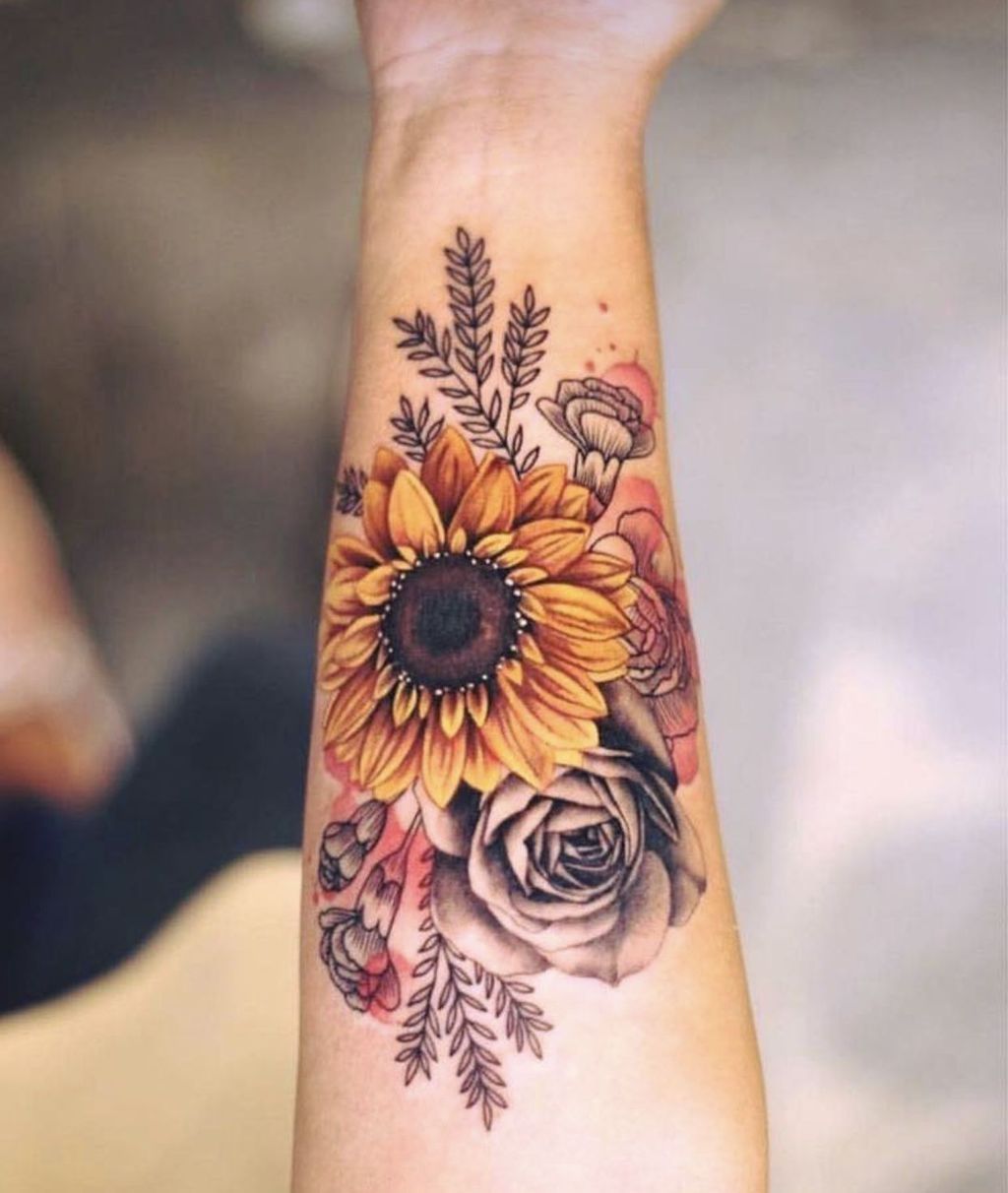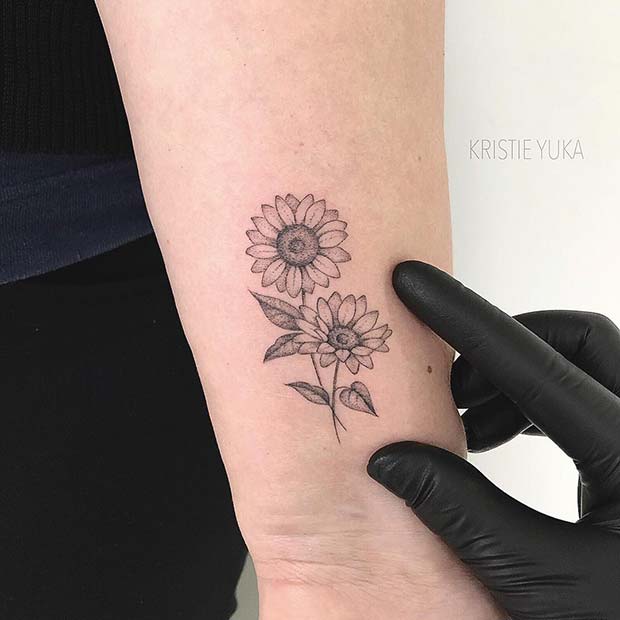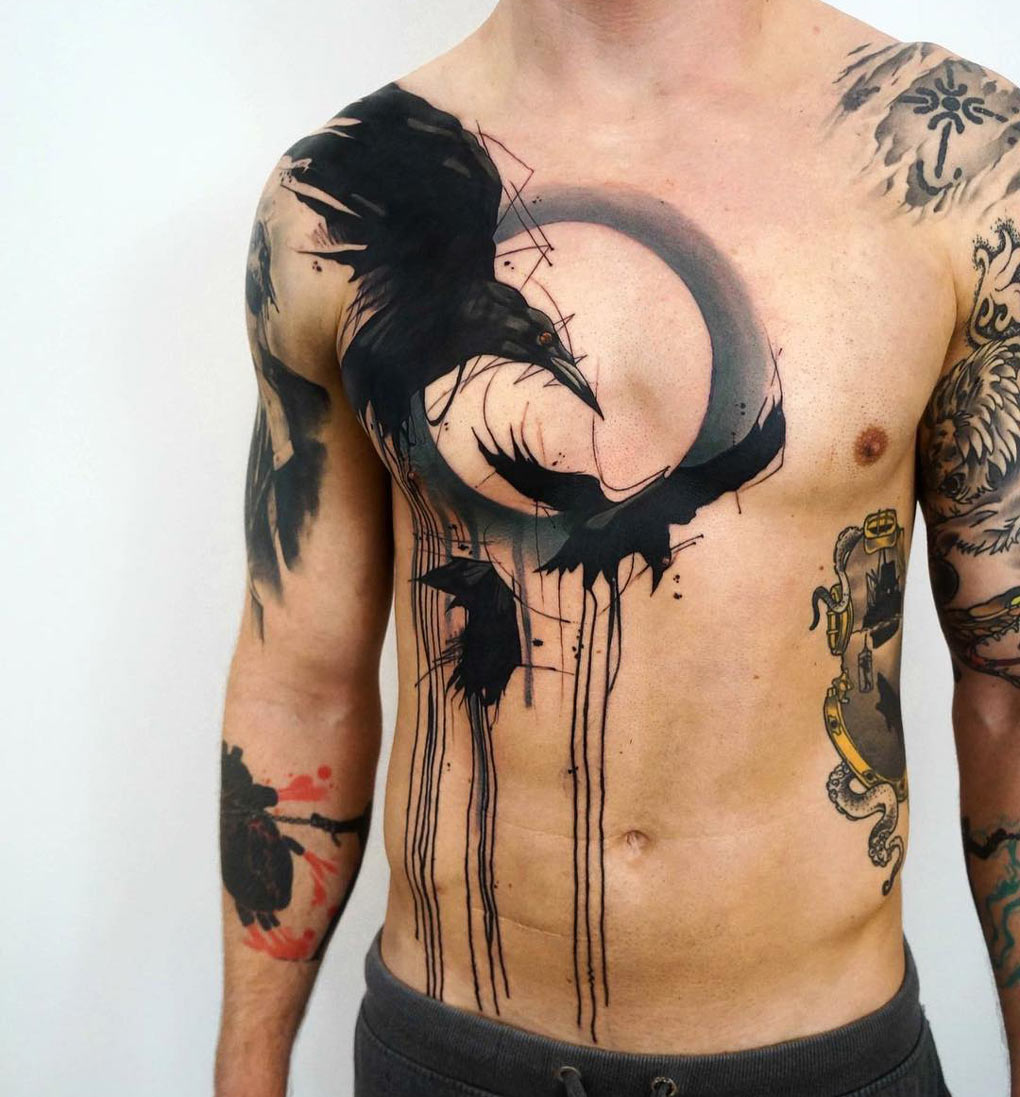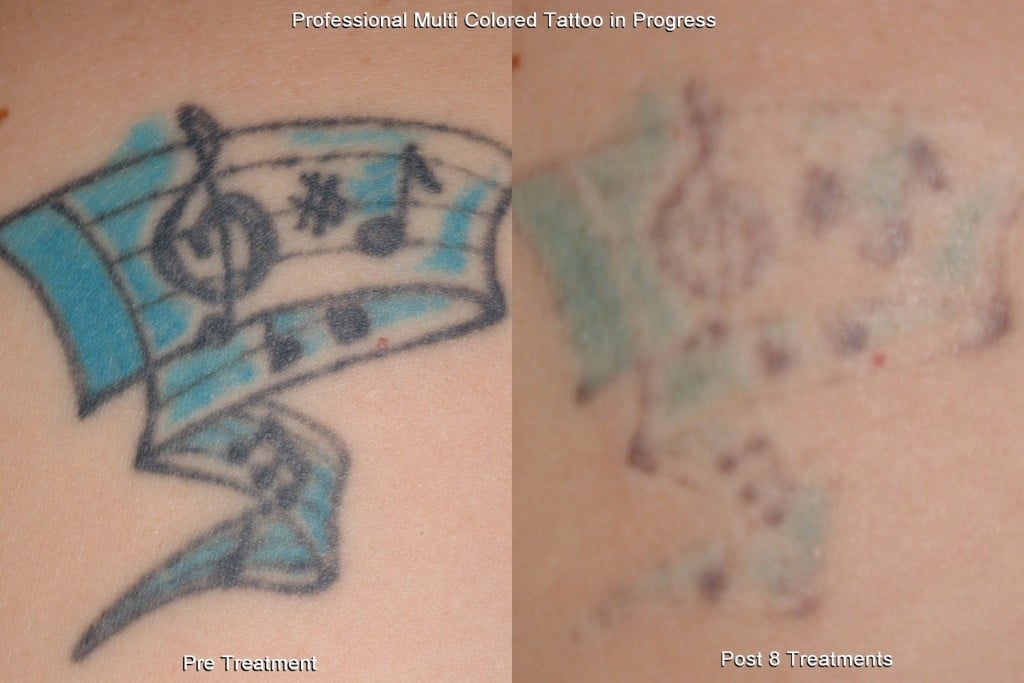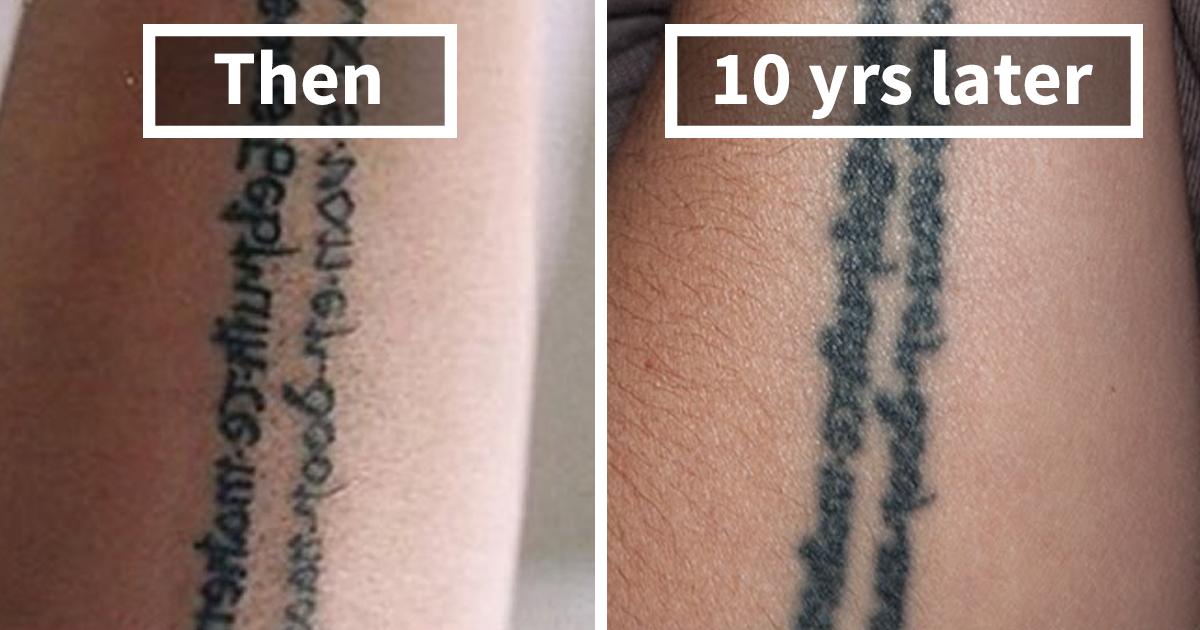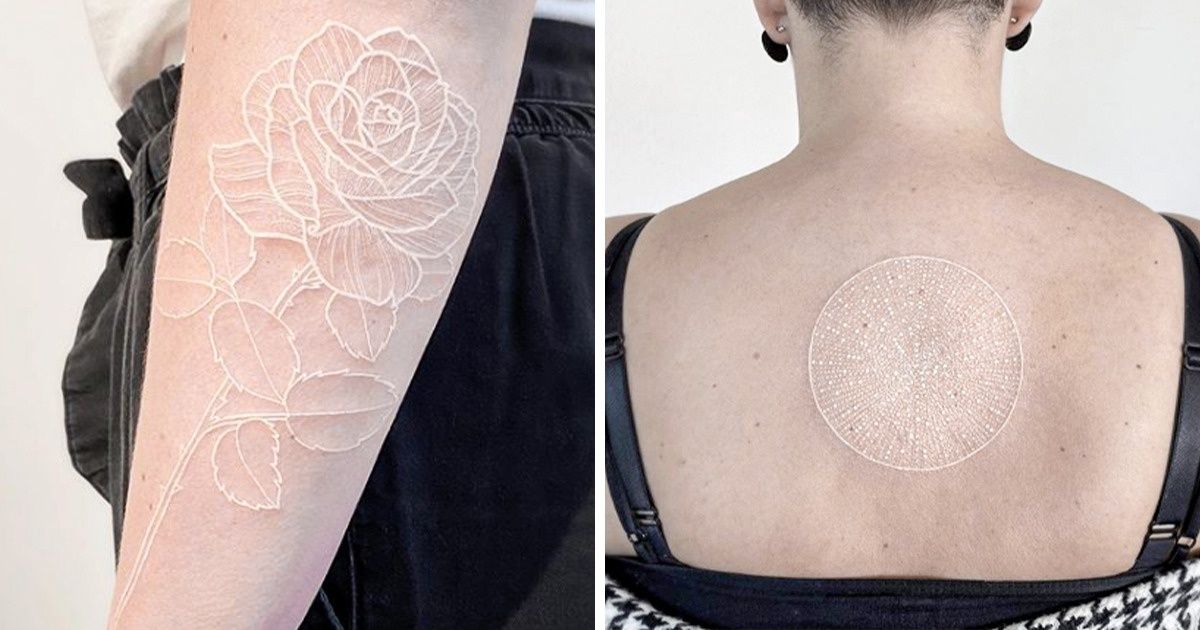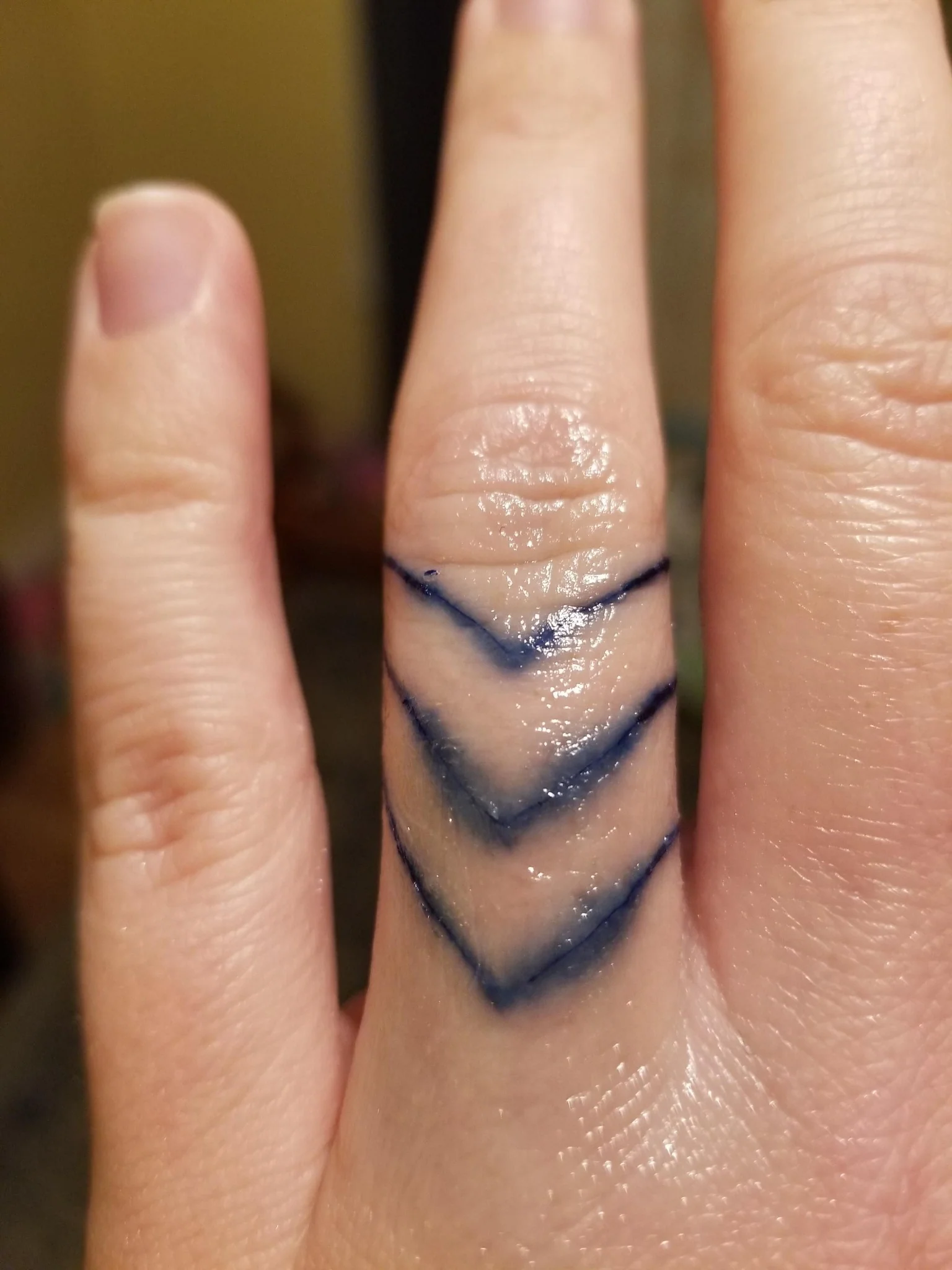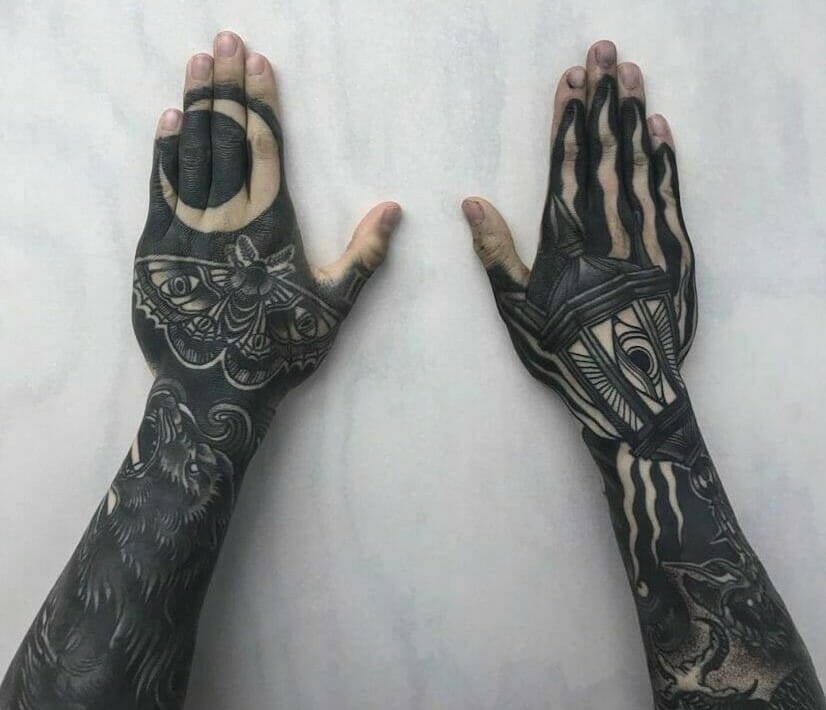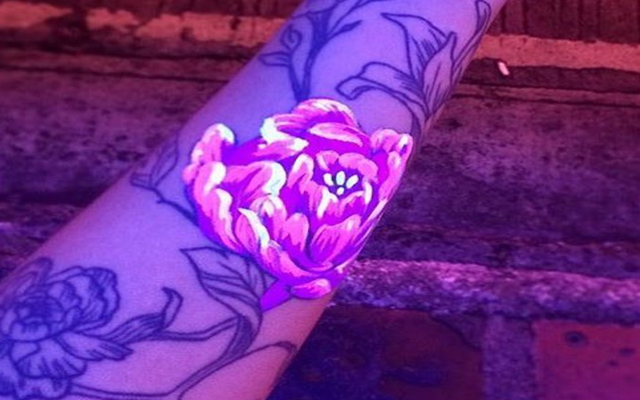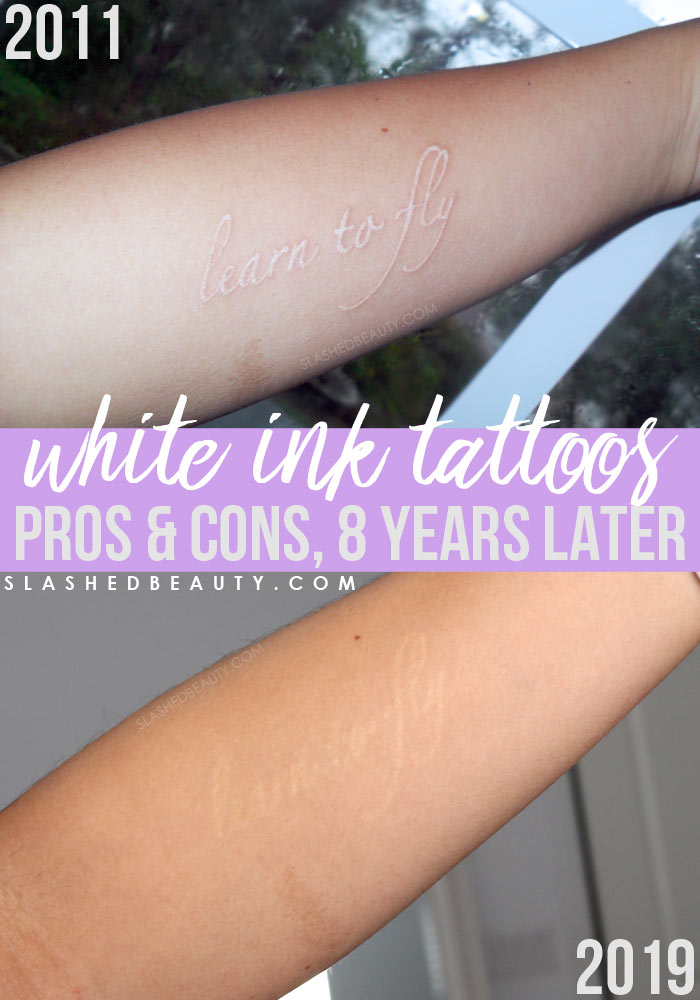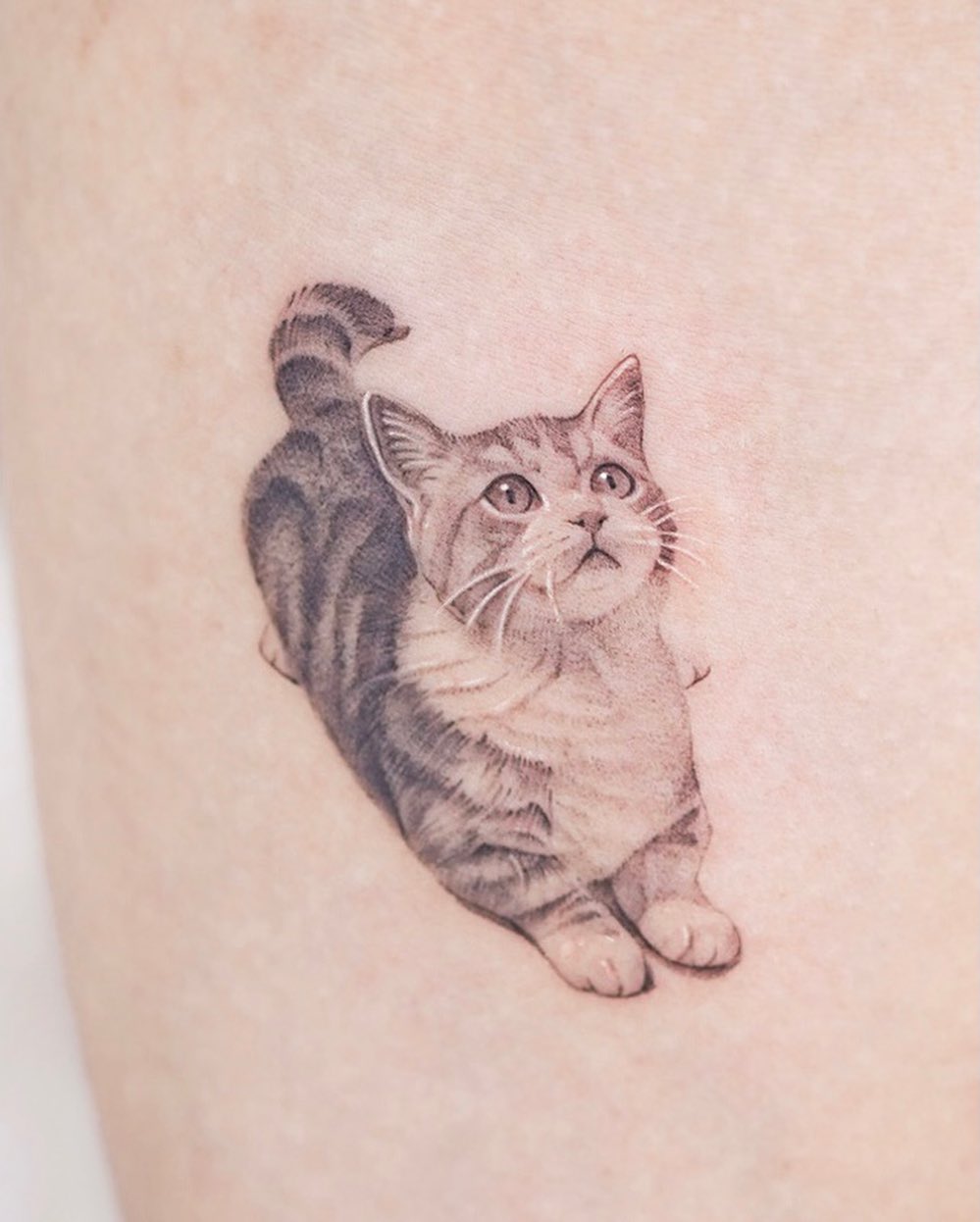
Okay, so you’re thinking about getting a sunflower tattoo.
Awesome choice!
But you’re also probably wondering, "Are colored sunflower tattoos more painful than black ink ones?"
Let’s get real about tattoo pain, especially when color comes into play.
The Real Deal: Does Color Make a Difference in Tattoo Pain?
I get it.
You’ve heard whispers, maybe even horror stories.
Does yellow ink sting more?
Is red ink the devil’s kiss?
Honestly, it’s not that simple.
The truth is, the pain difference between black and colored ink isn’t usually about the ink itself.
It’s more about technique, location, and your own personal pain tolerance.
Think of it like this: imagine two artists drawing on your skin.
One is super gentle, the other a bit heavy-handed.
Which one will hurt more?
Exactly!
Why Some Colored Tattoos Seem More Painful
Okay, so if the ink isn’t the direct culprit, why do people think colored tattoos hurt more?
Here’s the breakdown:
-
More Passes: Color often requires multiple passes with the needle to achieve the desired vibrancy. That means more time under the needle. More time = more potential pain.
-
Blending and Shading: Color tattoos often involve more intricate shading and blending techniques. This can mean the artist is working on the same area for longer periods.
-
Skin Sensitivity: Some people react slightly differently to different pigments. It’s not a common allergy, but certain colors might cause a bit more inflammation for some people.
-
Artist Experience: An experienced artist will know how to apply color efficiently, minimizing trauma to the skin. A less experienced artist might overwork the area.
Real-Life Example: I once got a small, simple black ink tattoo that was way more painful than a larger, more detailed colored piece. The difference? The black ink tattoo was done by an apprentice who was still learning pressure control.
Location, Location, Location: Where You Get Your Sunflower Matters
This is huge.
Some areas of your body are just inherently more sensitive than others.
Think about it:
- Bony Areas: Ribs, spine, ankles, and shins have less fat and muscle to cushion the needle. Ouch!
- Areas with Nerve Endings: Hands, feet, neck, and inner arms are packed with nerve endings. Double ouch!
- Thin Skin: Eyelids, inner wrists, and behind the ears are delicate and more prone to pain.
So, a colored sunflower tattoo on your ribs will probably hurt more than a black ink sunflower on your upper arm.
Sorry, not sorry.
Your Pain Tolerance: It’s All Relative
We’re all different.
What one person finds mildly annoying, another might find excruciating.
Factors that affect your pain tolerance include:
- Sleep: Are you well-rested?
- Hydration: Are you properly hydrated?
- Stress: Are you feeling stressed or anxious?
- Pain Management: Have you taken any pain relievers (check with your artist first!)?
- General Health: Are you healthy and well?
Pro Tip: Avoid alcohol and caffeine before your tattoo appointment. They can thin your blood and make you more sensitive to pain.
Tips for Managing Tattoo Pain (Sunflower or Otherwise)
Okay, so you’re committed to your sunflower tattoo.
Here’s how to make the experience a little less… ouchy:
- Choose an Experienced Artist: Do your research! Read reviews, look at portfolios, and talk to the artist beforehand.
- Stay Hydrated: Drink plenty of water in the days leading up to your appointment.
- Get Enough Sleep: A well-rested body handles pain better.
- Eat a Good Meal: Don’t go to your appointment on an empty stomach.
- Breathe: Focus on your breathing to stay calm.
- Distract Yourself: Bring a book, listen to music, or chat with your artist.
- Take Breaks: If you need a break, don’t be afraid to ask for one.
- Communicate with Your Artist: Let them know if you’re in too much pain.
FAQ: Colored Sunflower Tattoos and Pain
-
Q: Does white ink hurt more?
- A: White ink can sometimes require more passes, which can lead to more discomfort. It also tends to be thicker, which some people find more irritating.
-
Q: Are certain colors more likely to cause allergic reactions?
- A: Red ink has historically been associated with more allergic reactions, but ink formulations have improved. Always do a patch test if you’re concerned.
-
Q: Can I use numbing cream?
- A: Talk to your artist first. Some artists are comfortable with numbing cream, while others aren’t. It can also affect how the ink takes.
-
Q: How long will my sunflower tattoo take?
- A: This depends on the size, detail, and color complexity. Discuss this with your artist beforehand.
Ultimately, getting a tattoo is a personal experience.
The pain is temporary, but the beautiful artwork is forever.
And don’t let the fear of pain stop you from getting that vibrant, stunning colored sunflower tattoo you’ve been dreaming of.
With the right preparation and a skilled artist, you can rock that sunflower with confidence.










